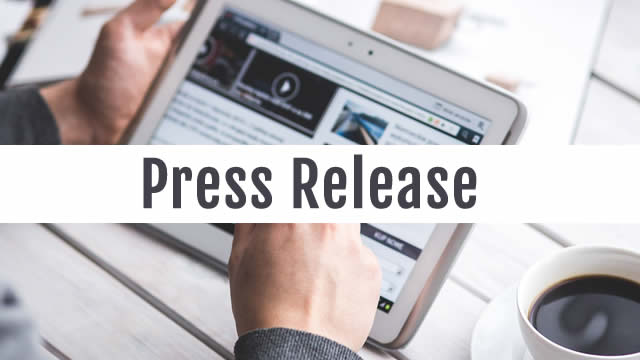
JHG
Janus Henderson Group plc
$43.71
0.35
(0.81%)
| Exchange: | |
| Market Cap: | 6.752B |
| Shares Outstanding: | 264.56M |
About The Company
| Sector: | Financial Services | |||||
| Industry: | Asset Management | |||||
| CEO: | Ali Dibadj | |||||
| Full Time Employees: | 2308 | |||||
| Address: |
|
|||||
| Website: | https://www.janushenderson.com |
Janus Henderson Group plc is an asset management holding entity. Through its subsidiaries, the firm provides services to institutional, retail clients, and high net worth clients. It manages separate client-focused equity and fixed income portfolios. The firm also manages equity, fixed income, and balanced mutual funds for its clients. It invests in public equity and fixed income markets, as well as invests in real estate and private equity. Janus Henderson Group plc was founded in 1934 and is based in London, United Kingdom with additional offices in Jersey, United Kingdom and Sydney, Australia.
Click to read more…
Revenue Segmentation
EPS
Earnings Call
Income Statement
(* All numbers are in thousands)
Balance Sheet
(* All numbers are in thousands)
Cash Flow Statement
(* All numbers are in thousands)
Analyst Estimates
(* All numbers are in thousands)







